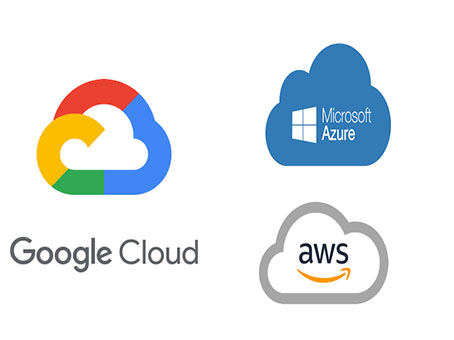
VAPT
VAPT stands for Vulnerability Assessment and Penetration Testing. It is a comprehensive security assessment process that identifies and mitigates vulnerabilities in IT systems, applications, and networks. Here’s a detailed overview of VAPT, its components, and its importance:
VAPT
Key Components of VAPT:
- Vulnerability Assessment
- Definition: A systematic process to identify, classify, and prioritize vulnerabilities in systems, applications, and networks.
- Tools Used: Automated tools like Nessus, Qualys, or OpenVAS are commonly used to scan for known vulnerabilities.
- Report Generation: The findings are documented in a report that outlines identified vulnerabilities, their severity, and remediation recommendations.
- Penetration Testing
- Definition: A simulated cyberattack on a system, application, or network to exploit identified vulnerabilities and assess the effectiveness of security measures.
- Types of Penetration Testing:
- Black Box Testing: Testers have no prior knowledge of the system, mimicking an external attacker.
- White Box Testing: Testers have full knowledge of the system, allowing for a more thorough assessment.
- Gray Box Testing: A combination of both, where testers have limited knowledge of the system.
- Execution: Penetration testing is performed using various techniques, including social engineering, network attacks, and application exploitation.
Importance of VAPT:
- Identify Security Weaknesses: helps organizations uncover vulnerabilities that could be exploited by attackers, allowing them to take proactive measures to strengthen security.
- Compliance Requirements: Many regulations and standards (e.g., PCI-DSS, HIPAA, GDPR) require regular vulnerability assessments and penetration testing as part of compliance.
- Risk Management: By identifying vulnerabilities and their potential impact, organizations can prioritize risks and allocate resources effectively to mitigate them.
- Enhancing Security Posture: VAPT enables organizations to improve their overall security posture by continuously identifying and addressing vulnerabilities.
- Testing Incident Response: Penetration testing can evaluate how well an organization’s incident response plan works in practice, ensuring that teams are prepared for real-world attacks.
VAPT Process:
- Planning and Scope Definition: Define the objectives, scope, and methodology for the assessment, including systems to be tested and constraints.
- Information Gathering: Collect information about the target environment using techniques like network scanning, service enumeration, and footprinting.
- Vulnerability Scanning: Use automated tools to identify potential vulnerabilities within the scope defined earlier.
- Exploitation: Attempt to exploit identified vulnerabilities to determine the extent to which an attacker could compromise systems or data.
- Reporting: Document findings in a comprehensive report, including:
-
- Executive summary
- Detailed vulnerability descriptions
- Evidence of exploitation
- Remediation recommendations
-
- Remediation and Re-Testing: Collaborate with relevant teams to address identified vulnerabilities and, if necessary, conduct re-testing to ensure remediation efforts are effective.
Best Practices for VAPT:
- Regular Assessments: Conduct VAPT assessments on a regular basis (e.g., quarterly, bi-annually) to keep up with evolving threats.
- Include All Assets: Ensure that all relevant assets, including applications, networks, and cloud environments, are included in the assessment.
- Prioritize Findings: Focus on high-severity vulnerabilities that pose the greatest risk to the organization.
- Engage Experienced Professionals: Use certified and experienced professionals for conducting VAPT to ensure thorough assessments and effective remediation.
Conclusion:
VAPT is a critical component of a comprehensive security strategy, helping organizations identify and address vulnerabilities before they can be exploited by attackers. By integrating regular VAPT assessments into their security programs, organizations can enhance their resilience against cyber threats and improve their overall security posture.
24x7 Online Expert Support
